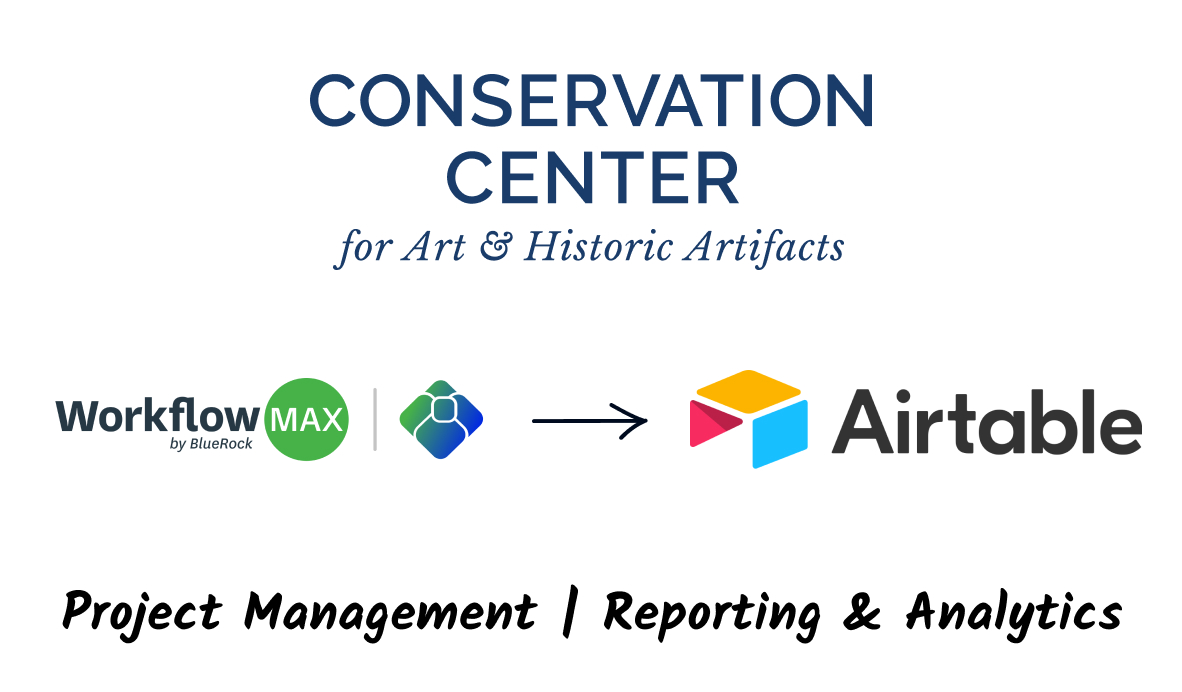Services for Businesses
Workflow Automation
Automating routine tasks to save your team time, allowing them to focus on what really matters.Workflow Design
Optimizing processes for greater efficiency. We look for bottlenecks and create improvements.Data & Systems Integration
Securely, automatically and continuously moving data between databases or systems for seamless transitions and syncs.AI Tools for Teams
Integrating AI to enhance your team's capabilities and increase their capacity.Training Content for Teams
Educating your team to use their new systems effectively and intelligently.
Integrations for Product Teams
Seamlessly connect your app to popular automation platforms, boosting user retention while reducing churn.
We'll support this integration with clear tutorials that empower customers to solve problems on their own, freeing your team from routine support requests.
Xray Blog

When it comes to building better systems and smarter workflows, every team has different needs. Some need fast, flexible support for lightweight projects. Others need a long-term partner to design and manage more complex initiatives.
At XRay, we offer two ways to work with us, depending on your budget, team size, and project goals: LowCodeEngineers.com (LCE) and our White-Glove Consulting services.
Both paths give you access to the same core expertise in workflow automation, workflow design, system integration, AI tools for teams, Airtable automation, and more.
It's just a matter of choosing the best fit for how you work.
LowCodeEngineers.com: Expert help, hourly flexibility
LowCodeEngineers.com (LCE) is our "Done With You" service designed for SMBs, startups, and owner-operators who need hands-on, collaborative support.
With LCE, you'll work directly with a low-code expert in real-time through remote meeting software like Zoom. You'll stay closely involved as we build, refine, and troubleshoot your automations together. Each meeting is also recorded for you to easily reference them later.
It's a great fit if you want to move fast, keep control of your project, and maximize results without long-term contracts or commitments.
LCE key features
• You manage the project, and we support you with technical expertise.
• Collaboration happens live, with immediate feedback and adjustments.
• Best for small teams, single departments, and lower project complexity.
• Billing is hourly, and you can book time as-needed, giving you maximum flexibility.
• Perfect for teams that want to start making progress ASAP.
Ready to get started? Book your first session at LowCodeEngineers.com and get started within 48 hours.
XRay.Tech’s white-glove consulting: End-to-end workflow transformation
For larger teams and bigger projects, our White-Glove Consulting offers a "Done For You" experience. We'll assign a dedicated project manager and technical team to drive your workflow initiatives from discovery to full implementation.
You'll meet with us regularly for check-ins and planning, while we handle the heavy lifting to build and implement your automations. This model is ideal for organizations with 25 or more team members, enterprise teams, or anyone tackling medium to high-complexity projects across multiple departments.
White-glove consulting key features
• XRay leads project management, strategy, and technical execution.
• Weekly meetings, chat support, and asynchronous updates keep you informed.
• Monthly billing, with proactive support.
• Designed to handle change management, training, and ongoing maintenance.
Want to explore an XRay membership? Book a free consultation here to get started.
Same expert services, two different models
No matter which option you choose, you'll have access to the same breadth of services. We help teams automate workflows for their email clients, CMS, project management, invoicing, marketing, and more.
And if you’re not sure what you want to automate yet, we also specialize in workflow design and discovery, digging into your processes to uncover opportunities for automation and AI optimization.
At XRay, we work with the tools you already use, recommending and implementing the best automation and AI platforms for the job. Whether it's Zapier, Make, Pipedream, Airtable, OpenAI, Anthropic, or other leading solutions, we tailor our approach to fit your existing systems and goals.
Get started today
Whether you want to co-build with an expert or have us manage the entire process for you, XRay can meet you where you are and help you build workflows that work.
Ready to get started? Book time with LowCodeEngineers or schedule a free 15-minute consultation to learn more.


Looking for short-term support or collaboration on your low-code project? With LowCodeEngineers, you can learn and build with vetted experts on a flexible hourly basis.
Learn more about LowCodeEngineersNot sure where to start?
Case Studies

CCAHA needed a streamlined and efficient project management system tailored to their unique workflows. Their goal was to replace an outdated, inefficient system with a modern, user-friendly solution that improved data accuracy, enhanced tracking, and increased collaboration across departments.
See the ROIXray Blog

When it comes to building better systems and smarter workflows, every team has different needs. Some need fast, flexible support for lightweight projects. Others need a long-term partner to design and manage more complex initiatives.
At XRay, we offer two ways to work with us, depending on your budget, team size, and project goals: LowCodeEngineers.com (LCE) and our White-Glove Consulting services.
Both paths give you access to the same core expertise in workflow automation, workflow design, system integration, AI tools for teams, Airtable automation, and more.
It's just a matter of choosing the best fit for how you work.
LowCodeEngineers.com: Expert help, hourly flexibility
LowCodeEngineers.com (LCE) is our "Done With You" service designed for SMBs, startups, and owner-operators who need hands-on, collaborative support.
With LCE, you'll work directly with a low-code expert in real-time through remote meeting software like Zoom. You'll stay closely involved as we build, refine, and troubleshoot your automations together. Each meeting is also recorded for you to easily reference them later.
It's a great fit if you want to move fast, keep control of your project, and maximize results without long-term contracts or commitments.
LCE key features
• You manage the project, and we support you with technical expertise.
• Collaboration happens live, with immediate feedback and adjustments.
• Best for small teams, single departments, and lower project complexity.
• Billing is hourly, and you can book time as-needed, giving you maximum flexibility.
• Perfect for teams that want to start making progress ASAP.
Ready to get started? Book your first session at LowCodeEngineers.com and get started within 48 hours.
XRay.Tech’s white-glove consulting: End-to-end workflow transformation
For larger teams and bigger projects, our White-Glove Consulting offers a "Done For You" experience. We'll assign a dedicated project manager and technical team to drive your workflow initiatives from discovery to full implementation.
You'll meet with us regularly for check-ins and planning, while we handle the heavy lifting to build and implement your automations. This model is ideal for organizations with 25 or more team members, enterprise teams, or anyone tackling medium to high-complexity projects across multiple departments.
White-glove consulting key features
• XRay leads project management, strategy, and technical execution.
• Weekly meetings, chat support, and asynchronous updates keep you informed.
• Monthly billing, with proactive support.
• Designed to handle change management, training, and ongoing maintenance.
Want to explore an XRay membership? Book a free consultation here to get started.
Same expert services, two different models
No matter which option you choose, you'll have access to the same breadth of services. We help teams automate workflows for their email clients, CMS, project management, invoicing, marketing, and more.
And if you’re not sure what you want to automate yet, we also specialize in workflow design and discovery, digging into your processes to uncover opportunities for automation and AI optimization.
At XRay, we work with the tools you already use, recommending and implementing the best automation and AI platforms for the job. Whether it's Zapier, Make, Pipedream, Airtable, OpenAI, Anthropic, or other leading solutions, we tailor our approach to fit your existing systems and goals.
Get started today
Whether you want to co-build with an expert or have us manage the entire process for you, XRay can meet you where you are and help you build workflows that work.
Ready to get started? Book time with LowCodeEngineers or schedule a free 15-minute consultation to learn more.



